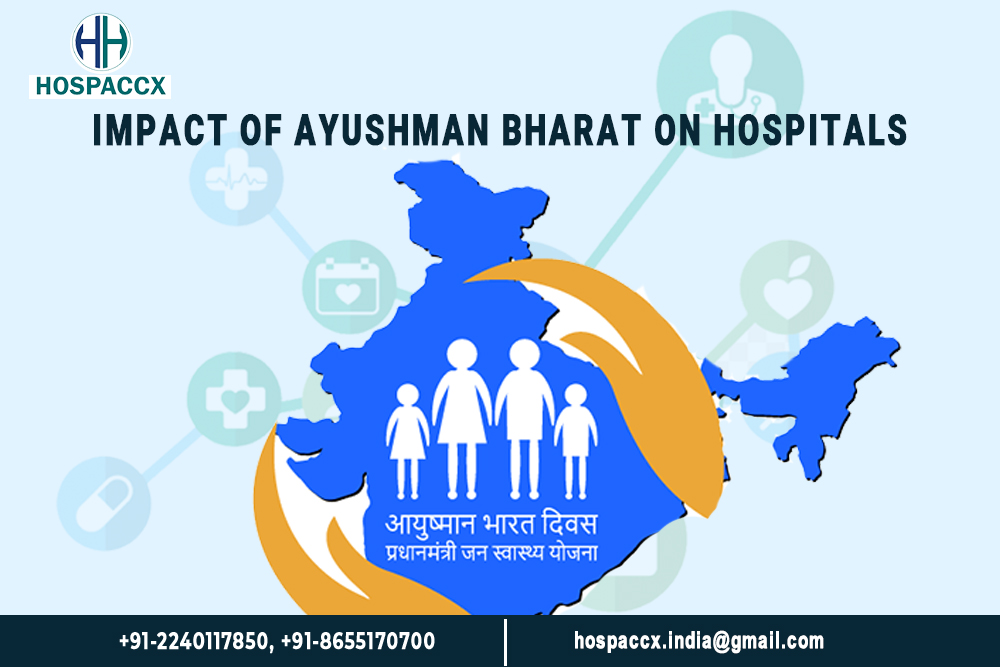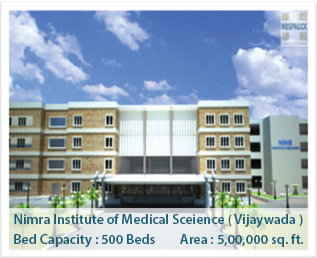Are you planning to invest or venture in any healthcare venture in Namibia? Looking for information about the major healthcare players in Government, Private diagnostic centers that are available in Namibia? Are you looking to find out which city is best to venture in or what all facilities are available and opportunities to invest? In this article, Hospaccx Healthcare Consultancy has mapped all the opportunities available in terms of medical facilities and healthcare scenario in Namibia.
INTRODUCTION
Namibia is often described as Africa’s optimist –and with good reason. Not only does it enjoy one of the continent’s most pleasant, peaceful and politically stable environments, but also an infrastructure to rival many developed countries.
Post-independence in 1990, the Namibian democratic government had sworn to provide its people with better healthcare and they did. Namibia is one of the largest and least populated countries in Southern Africa, with a population of 2.83 million and a surface area of 825,615 square kilometres which translates into a population density of 3.4 people per square kilometre. The sparser population makes access to healthcare difficult. Namibia has 53% of its population living in urban areas. Windhoek, the capital city, is the most populated in the country. There exists a sizable income gap among the poor and rich segment of Namibia.
Health care services in Namibia are provided by the government through the MoHSS, the private sector and traditional health care service providers. Such health care provides a combination of promotive, preventive, curative and rehabilitative services. In order to render these services, the MoHSS has divided the country into 14 operational health regions which correspond with the 14 delimited political and administrative regions. These regions are further divided into 34 districts. In the public sector, health care services are provided by 29 district hospitals, four intermediate and referral hospitals, 309 health centres, as well as 1150 clinics and outreach points.
In addition, there are private health care facilities in some regions. The districts are managed by district coordinating committees which are responsible for providing basic health care services.
Since independence, the area of coverage within a 10-kilometre radius of a health facility has more than tripled as a result of an increase in the number of health facilities in the country. Consequently, 80% of the population now lives within 10 kilometres of a clinic. However, this still leaves 20% or over 300 000 people in remote areas, particularly Omaheke and Kunene, without ready access to health services.
HEALTHCARE STATISTICS OF NAMIBIA:
- Population: 28,37,041
- Per capita income: $ 9320 (US dollars)
- Life expectancy at birth: 64.49 years
- Infant mortality rate: 28.47/1,000 live births
- Fertility rate: 3.19
- Total Health expenditure as a percentage of GDP: 9%
- Government health expenditure in Namibian: 41185 NAD million ( 2021)
- The Namibian population suffers from three major communicable diseases; HIV/AIDS, Hepatitis A, Hepatitis E, tuberculosis and malaria. It has one of the highest prevalence rates of HIV/AIDS in the world. It is the 6th most prevalent nation with a rate of 11.6%.
HEALTHCARE STRUCTURE OF NAMIBIA
The healthcare system in Namibia comprises of broadly three providers i.e public healthcare institutions, the private sector and the traditional healthcare providers.
The MoHSS (Namibia Ministry of Health and Social Services) is the manager and provider of public health services in Namibia. It operates a four-tiered health system, consisting of:
- PHC sites
- District hospitals
- Intermediate hospitals
- Referral hospital
FUNDING OF HEALTHCARE
The three major domestic health financing sources are
(1) General government revenue
(2) Private employers’ contributions
(3) Household contributions (both prepayment and other out-of-pocket (OOP) payments).
The government is the largest funder of healthcare, at 63%.
PHARMACEUTICAL COMPANIES IN NAMIBIA
The major drivers of growth in pharmaceutical markets in Africa have included increased disease burdens, particularly HIV/AIDS and Tuberculosis. The major pharmaceutical companies in Namibia are:
Dore Pharmaceuticals
Hillcrest Pharmaceuticals
Intersana Pharmaceuticals
Jabe Pharmaceuticals
Novartis pharma services
Pan African Sales
Swachem Namibia
Zenit enterprise group Pvt Ltd
INVESTMENT OPPORTUNITIES IN HEALTHCARE
Budget 2022 provided $1.307 billion over four years in capital funding for health infrastructure, which will support both the delivery of new infrastructure projects and preparatory work on other projects.
Key projects supported by Budget 2022 funding include the completion of the first stage of redevelopment for Whangārei hospital, design and enabling works for the redevelopment of Nelson Hospital, and the delivery of a new 80-bed adult acute inpatient mental health unit at Hillmorton.
Budget 2022 provided an additional $191 million over two years for the Combined Pharmaceutical Budget, which is used for purchasing medicines, vaccines, medical devices and other treatments for the public health system.
The Private Corporates have already perceived an opportunity and through private investment, there are signs of the sector scaling up and modernising.
Medical devices
Diagnostic centers
Ambulance services
Pharmaceutical manufacturing
Cost effective hospitals
Mobile Health Units
Telehealth
REASONS TO INVEST IN NAMIBIA:
Namibia is conducive nation for foreign investment because it values long-term relationships with foreign investors. It has put in place an enabling environment to assist with identification of opportunities, syndicate financing, operating and tax incentives in certain sectors, particularly manufacturing, and one-stop bureau services for establishment of local operations of international companies.
Namibia provides numerous opportunities for international investors seeking a foothold and growth on the African continent.
There are a number of reasons why other countries should invest in Namibia.
- Developing and stable economy: The country has a politically stable democracy and excels than its other Sub-Saharan competitors.
- Policies towards FDI: The Foreign Investment Act of 1990 provides for equal treatment of foreign investors and Namibian firms. Assures the possibility of fair compensation in the event of expropriation, international arbitration of disputes between investors and the government Foreigners can acquire interests in a domestic company through the purchase of its shares and assets.
- The country has developed labour market and strong quality of institutions.
- Affordable construction permits.
- Duty-free access to the Southern African Customs Union (SACU).
- Duty-free access to the European Union for a wide range of manufactured products.
- Duty-free and quota-free access to the United States (under the Africa Growth and Opportunity Act).
- Proposal of integrating more efficient PPP model into the current healthcare.
- Shifting load of communicable to non-communicable diseases.
- Progressive urbanisation in the country.
CONCLUSION
Namibia is an upper-middle-income country with unequally distributed resources. The country has a strong economy with a rapidly developing infrastructure. The Namibian government has continuously reformed its FDI policies to attract foreign investors. The government is planning various interventions in public as well as the private sector to improve the healthcare distribution which makes it extremely favourable for investment opportunities.
If you need any support to invest in Namibia, you can contact us: Hospaccx healthcare business consulting Pvt. Ltd on: info@hhbc.in Or you can visit our website www.hospaccxconsulting.com
















